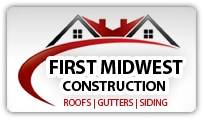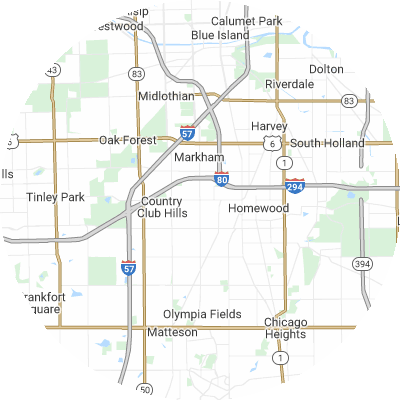Signs You May Need Gutter Guards
Gutter guards aren't always necessary, but the signs of clogged and overflowing gutters are clear. Signals of chronic gutter troubles are:
- Visibly saggy, damaged, or misaligned gutters that no longer direct rainwater correctly
- Mold growth, interior wall stains, or peeling exterior paint on walls near gutters.
- Frequent clogs that lead to overflow and water spilling over gutters
- Soggy ground or visible erosion around your home's foundation
- Leaky joints or seams where water leaks out of gutters
How To Choose a Gutter Guard Installer
Assess Their Experience
Look for an experienced gutter guard installation provider that has been in business for several years and has installed various guard brands and models. These companies know how to properly take measurements and install gutter guards on your unique home setup. Inquire how long they’ve been installing guards and request local referrals.
Verify Proper Licensing and Insurance
Confirm that any businesses you're considering are properly licensed, bonded, and insured, holding both workers compensation and general liability protection. This shields you from liability for potential injuries and accidents. Request current licensing and insurance papers from any potential providers.
Choose Reputable Brands
Seek out companies that provide tenured and trusted gutter guard brands such as LeafFilter and Gutter Helmet. Be wary of companies only offering generic no-name or their own off-brand guards, as these likely do not have the same rigorous testing as reputable national brands.
Seek Custom Fit Services
For ideal performance, gutter guards need to be measured and trimmed on-site to match your unique gutter setup. Pick a company that custom measures and trims guards specifically for your home, rather than using one-size-fits-all guards. Properly fitted guards will leave no gaps for debris to get stuck.
Examine Warranties
Top gutter guard installers often offer 20-year or lifetime warranties covering leaks, clogs, rust, and other defects. Before choosing a provider, look into its warranty terms on workmanship and materials guarantees. Warranties are the most effective way to protect your investment into your gutters.
Check Reviews and Referrals
Be sure to check online reviews on sites such as Google Reviews, the Better Business Bureau (BBB), or Yelp to see what customers say about their experience. You can also ask neighbors for recommendations on quality gutter guard businesses near you. When researching potential providers, we recommend selecting companies with consistently good reviews rather than just one or two reviews.
Types of Gutter Guards
The six typical gutter guard types include the following:
- Foam guards are light and easy to install. The foam collects debris and keeps it out of your gutter. Foam guards cost roughly $2.46 per linear foot.
- Brush guards are what they sound like: large brush bristles that sit in your gutters and block debris while letting water through. Brush guards cost around $4.04 per linear foot.
- Screen guards have large holes that let water through while keeping debris out. On average, you can expect to spend $4.28 per linear foot for screen guards.
- Mesh guards have smaller holes than screen guards and similarly stop debris while allowing water to flow through. Mesh guards are durable and let debris slide off rather than sit on your gutters. On average, you can expect to pay $4.05 per linear foot for mesh guards.
- Micro-mesh guards have even smaller holes than mesh guards, letting even less debris into your gutters than mesh. These types of guards are extremely effective. On average, you can expect to pay $5.13 per linear foot for micro-mesh guards.
- Surface tension guards, also called reverse curve guards, use surface tension to allow water to flow into your gutters while debris slides off. Normally, they will be visible from the ground. On average, you can expect to spend $3.15 per linear foot for surface tension guards.












